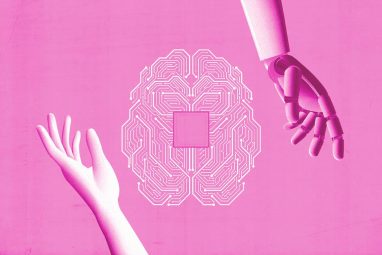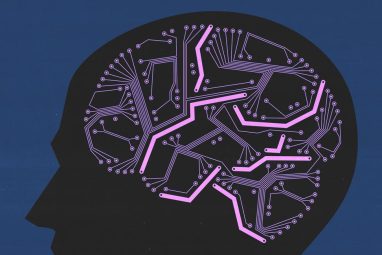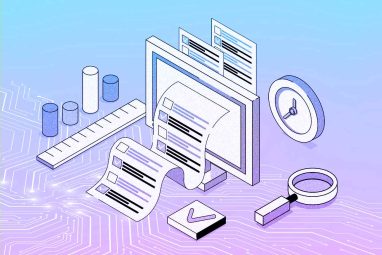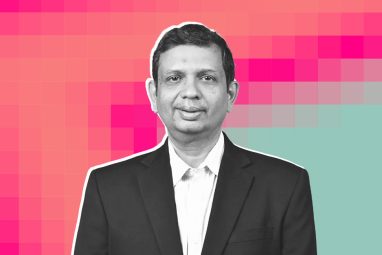Microsoft Charts Ambitious AI Vision Beyond OpenAI
Microsoft touts “humanist superintelligence” built to stay bounded and under human control.
Topics
News
- California’s Genspark Enters AI Unicorn Club with $200 Million Round
- OpenAI Taps Intel’s Sachin Katti to Build Compute Backbone for AGI
- Flipkart Brings Voice-Led Wholesale Ordering to WhatsApp with Sarvam AI
- Varun Berry Steps Down at Britannia, Rakshit Hargave to Take Over
- OpenAI Issues Warning on AI’s Acceleration From Inside the Fast Lane
- Intel Eyes Deeper India Play in Chips, AI

Microsoft Corp. has laid out a plan to build what it calls “humanist superintelligence,” positioning its in-house AI agenda more clearly alongside, and at times apart from, OpenAI.
The company said the approach aims to ensure that highly capable AI systems remain under human oversight and are built to serve people rather than operate beyond their control.
In a blog published on Thursday, 6 November, Microsoft AI chief Mustafa Suleyman wrote that the company will pursue very capable systems that “always work for, in service of, people,” explicitly rejecting open-ended autonomy and a race-to-Artificial General Intelligence narrative.
Suleyman argued that the debate has dwelt too much on capability and timing and too little on purpose, social value and safety. The aim, he wrote, is powerful but bounded AI that stays “carefully calibrated, contextualized, within limits,” developed to solve concrete problems under human control.
“We are not building an ill-defined and ethereal superintelligence; we are building a practical technology explicitly designed only to serve humanity,” he wrote.
To execute, Microsoft has created a new MAI Superintelligence Team inside Microsoft AI, led by Suleyman with Karén Simonyan as chief scientist.
Reuters reported the unit will start with medical diagnosis and that Suleyman sees “line of sight” to medical superintelligence in the next two to three years, while acknowledging major technical work ahead.
Microsoft’s health team said in June that its Diagnostic Orchestrator (MAI-DxO) correctly solved up to 85.5% of 304 New England Journal of Medicine case challenges in internal tests. In the same evaluation, 21 practicing physicians averaged about 20% on the tasks. Microsoft stressed that further real-world validation is required before deployment.
Beyond medicine, Suleyman highlighted two other priority tracks.
One is the development of a personalized AI companion to support daily tasks and learning, while reinforcing human judgment.
The other area of focus is clean energy, where AI could help scientists discover new materials, improve energy storage, and optimize power grids.
He predicted “cheap and abundant renewable generation and storage before 2040,” said AI could accelerate materials discovery, storage, and grid optimization, and cautioned that these claims are directional and depend on broader progress.
The guiding test, he said, is whether technology “helps advance human civilization” and delivers more good than harm. Anything that fails that standard “is a failure,” he wrote, citing Albert Einstein’s view that science must remain a blessing rather than a curse for humanity.




